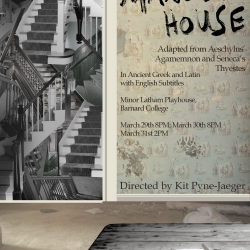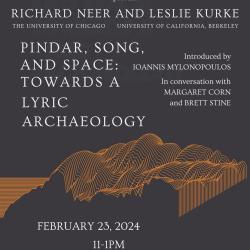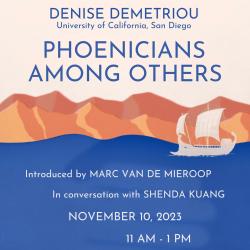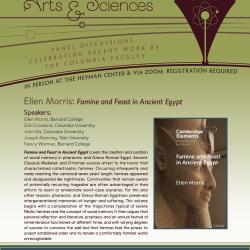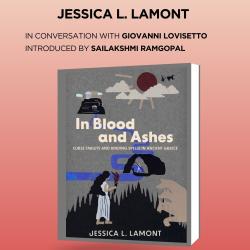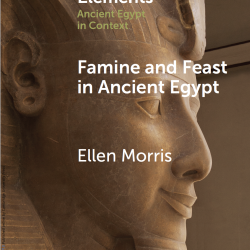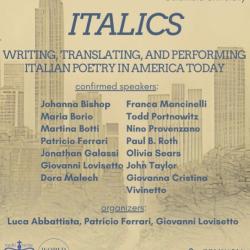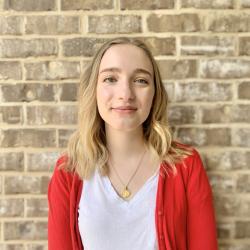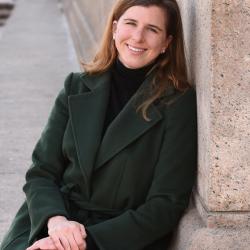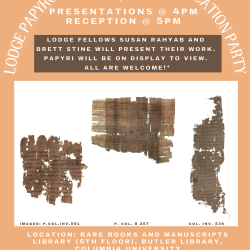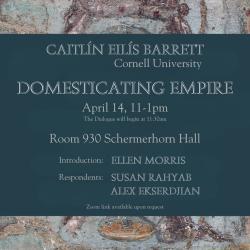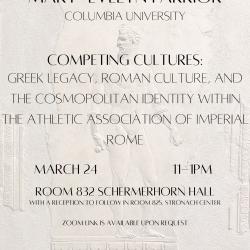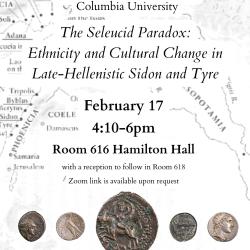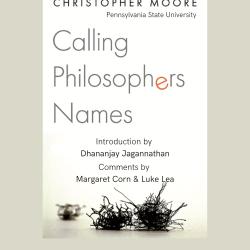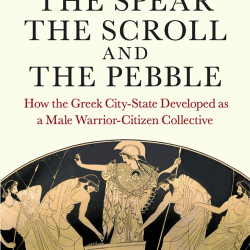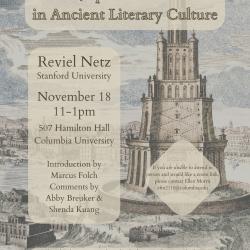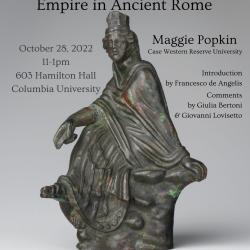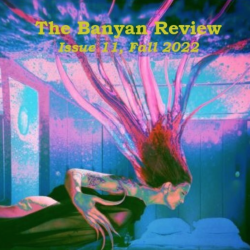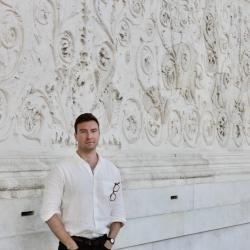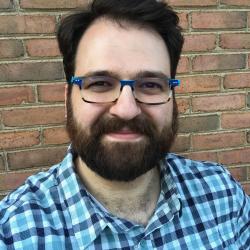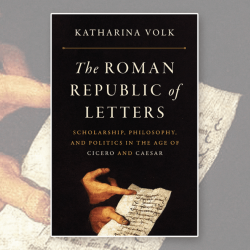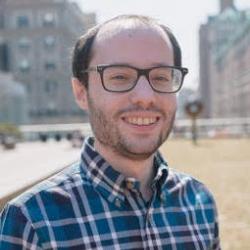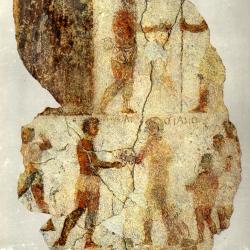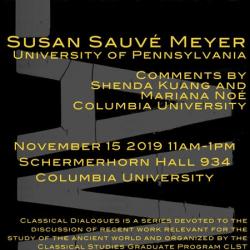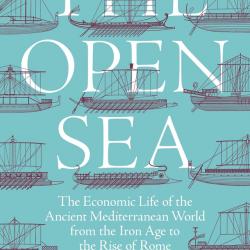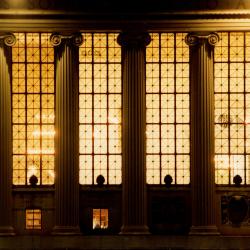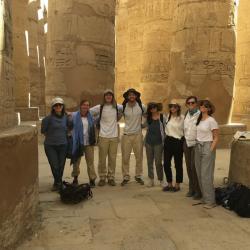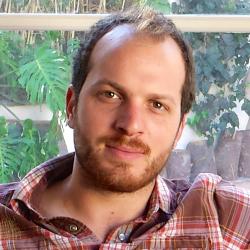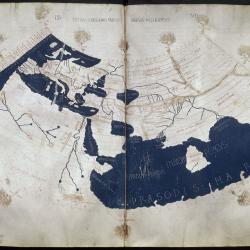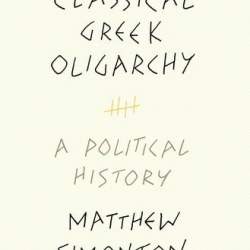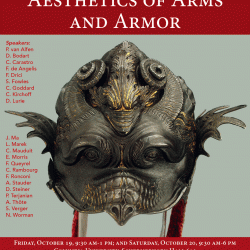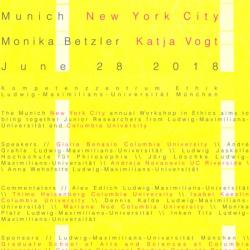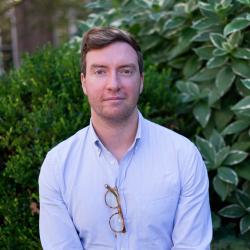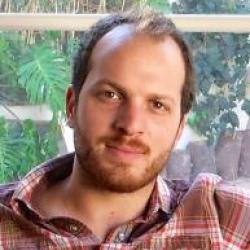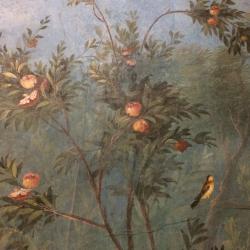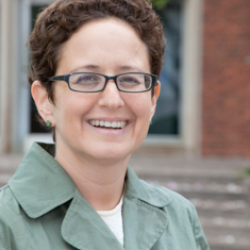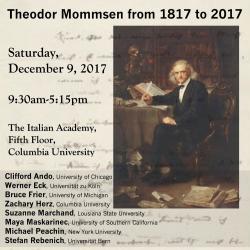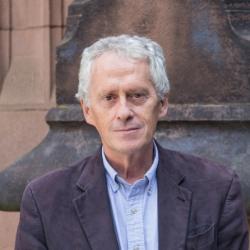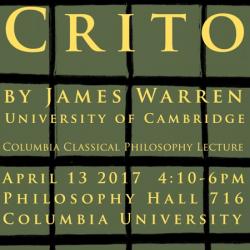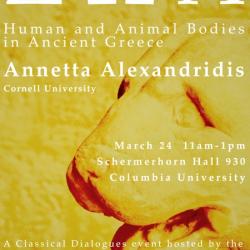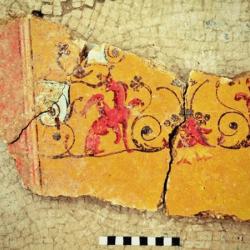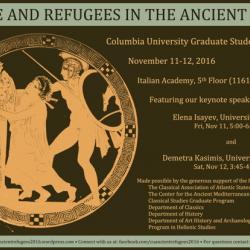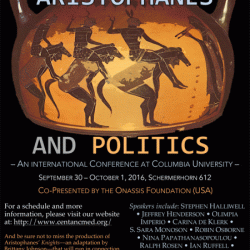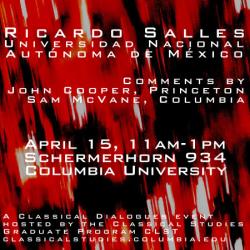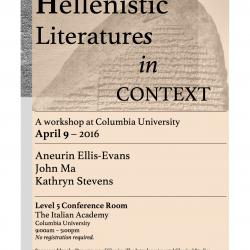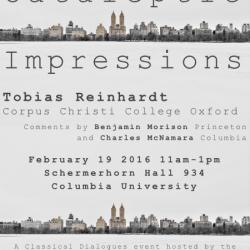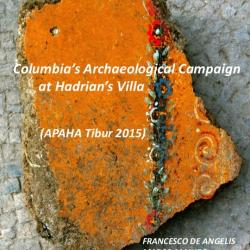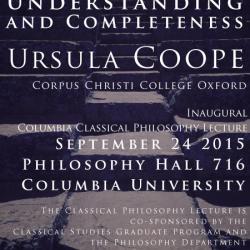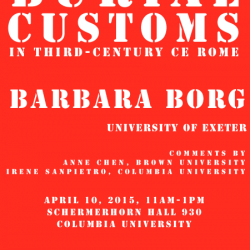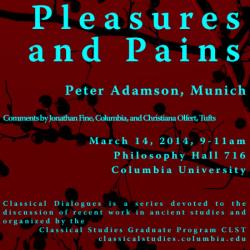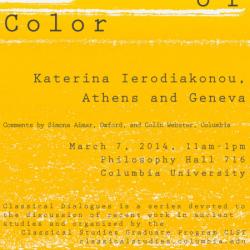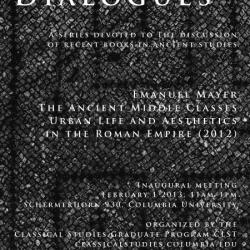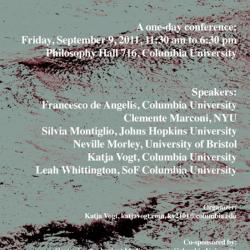APAHA Excavation at Stabiae 2012
The four weeks between June 18 and July 14, 2012 witnessed the second fieldwork season of the Advanced Program of Ancient History and Art (APAHA), the archaeological program directed by Professor Francesco de Angelis (Art History and Archaeology) and Professor Marco Maiuro (History) and sponsored by Columbia University and H2CU, the Honors Center of Italian Universities.
After the 2011 pilot season, APAHA expanded its scope by involving international students. This year, in addition to Columbia’s own graduates and advanced undergraduates, the group of participants also included students from the Freie Universität of Berlin as well as from the Università del Molise. Led by field director Taco Terpstra, excavators investigated new aspects of Villa San Marco in Stabiae, i.e., the Roman imperial villa in the Vesuvian area where APAHA had started to operate in 2011. Given the size of this year’s group, it was possible to organize three different teams, each of which was responsible for a separate area.
The first of them continued to explore the water management system in the service courtyard that had already been subject to investigation in 2011: in particular it uncovered a further, substantial tract of the water channels and drains coming from different sectors of the villa, among which the atrium, the baths, and the latrines. The second team worked in the street adjacent to the villa in order to contextualize the architectural history of the building within the broader topography of the settlement of Stabiae: the most exciting finds were tiles datable to the 6th c. BCE that confirm the relevance of the Archaic phase of the site and are the first positive clue of the early presence of monumental buildings there. The third team excavated a perimeter wall that had been obliterated when the villa was enlarged around the mid-1st century CE: time did not suffice to complete the investigation of this structure, which will likely prove to be crucial for the understanding of how the villa developed over time.
After-hours seminars, workshops, and weekend fieldtrips further enriched everbody’s experience. Communal discussions about material evidence were an excellent starting point for addressing broad historical questions. Furthermore, the combination of perspectives pertaining to different fields—political, social, and economic history, epigraphy, art history, architecture, literature and mythology—provided enticing, and often unexpected, insights into the culture of ancient Campania, and allowed a more thorough understanding of Villa San Marco in its original context.
Several scholars came to visit and were impressed by the the excavation site, among them Bettina Bergmanm, Karl-Heinz Beste, John Bodel, Howard Burns, Thomas Fröhlich, William Harris, Eric Poehler.






















